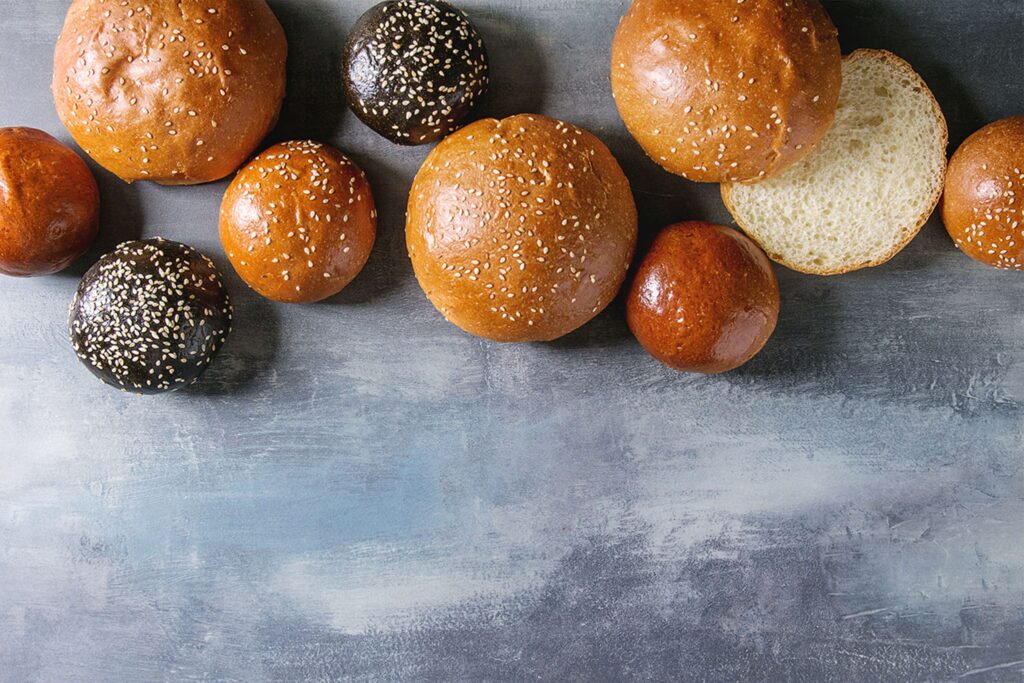KANSAS CITY, MO — The quick-serve restaurant (QSR) channel is one element of foodservice that has fared well — relatively speaking — in recent months, no doubt because these locations are designed with easy carryout options and dining rooms conducive to social distancing. The channel is also seeing an increased demand for decadent baked goods such as brioche buns known for their rich formulas and glazed exterior.
The shiny glaze that makes the product so appealing for consumers is not without its production implications. At the American Society of Baking’s BakingTECH conference, held Feb. 16-18, a panel of experts including bakers, ingredient suppliers and equipment manufacturers discussed what those implications mean for bakery production and the opportunities for growth they bring.
“QSRs have really spearheaded the glazed brioche trend in recent years, and we’re seeing it in nearly every fast-food outlet now,” said Chris Gizzi, senior application specialist, Puratos. “And now, we’re seeing increasingly more private label brands embracing this approach to European-style buns for restaurant and grocery distribution.”







